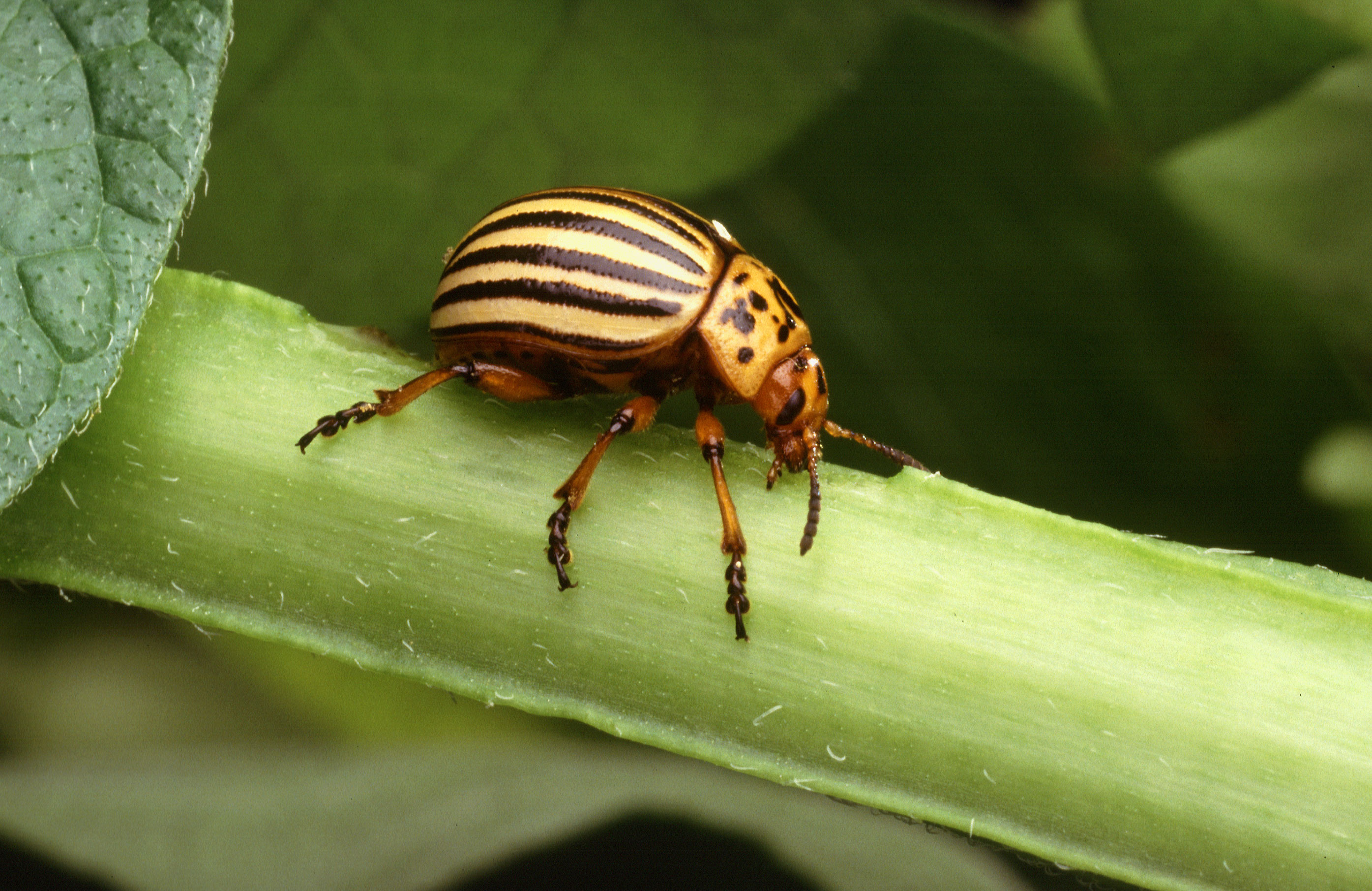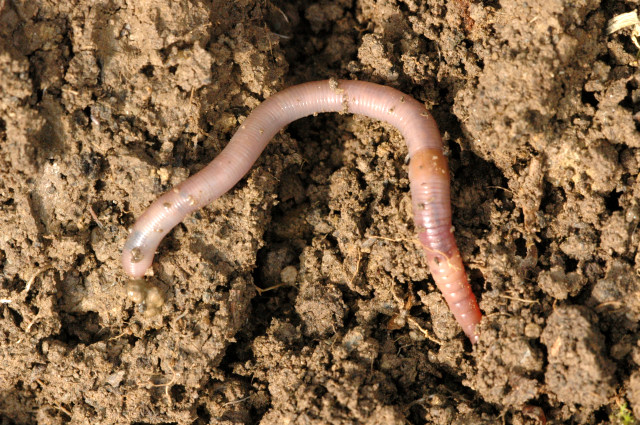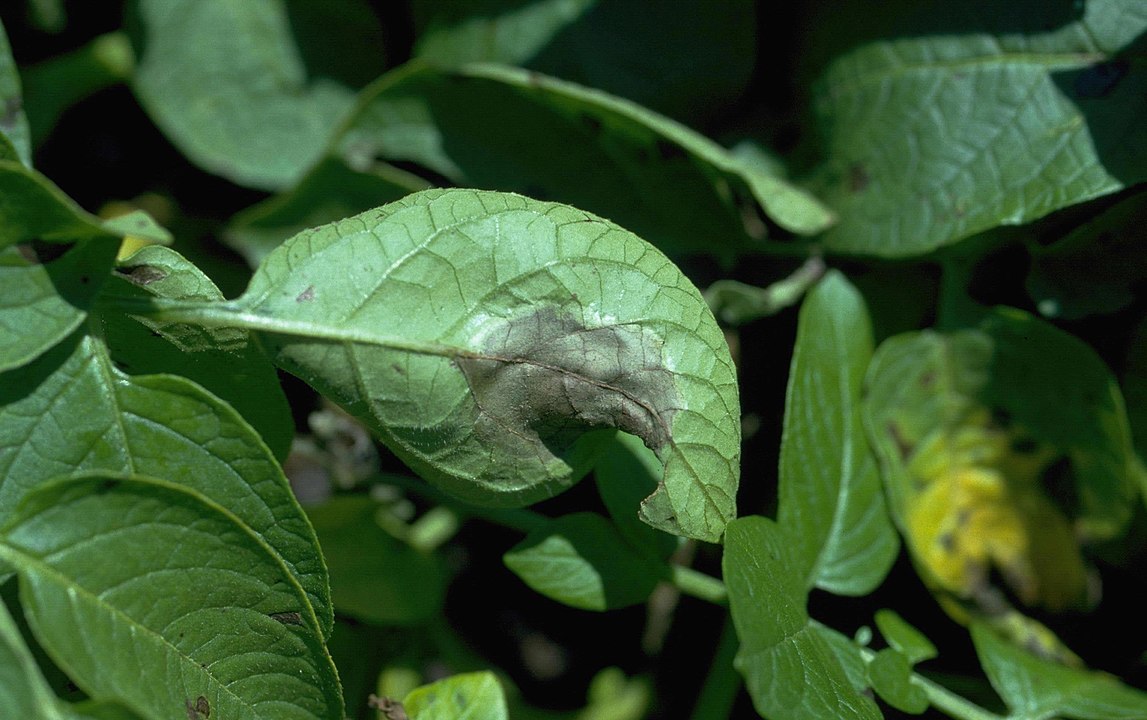Smooth, long and thin is the earthworm and it prefers to live in the first eight inches of soil under our lawn. There the earthworm is spared by the digging gardener and is protected by the same gardener against its greatest enemy, the mole. The most common type of earthworm in our garden is the Lumbricus terrestris. An adult specimen measures thirty centimeters and has more than one hundred and fifty rings. The color of a healthy worm is pink to reddish brown. The front is round and that’s where the mouth is; the back is flat. A third of the length from the head is a band that is important for the reproduction of the worm.
Earthworms can live up to ten years and you wouldn’t expect that. A lost head or tail piece can regrow. The earthworm absorbs oxygen directly through the skin; he has no lungs. A worm has no eyes either, but the worm’s body is sensitive to light. Light means danger to the worm: the hot sun dries it out and, moreover, when it is so horribly visible, it is an easy prey for many enemies.
Earthworms reproduce by laying eggs. It takes five months for a young worm to hatch from the egg and then the worm needs another year and a half to mature.
Every garden has earthworms; per hundred square meters of garden there are about three thousand rooting in it. They eat their way through the earth, which is mixed with the remains of half-decayed plants and animals. In this way, this army of earthworms creates numerous tunnels that ensure a healthy water and air balance in the top root layer of the soil. The soil consumed by the worm, in which all the organic material has been digested by the intestinal action of the worm, is deposited on the surface in the form of mounds of earth – worm casts. Other types of earthworms fill the higher tunnels with the processed soil. This produces excellent soil, rich in plant nutrients and minerals from the deeper layers.
The worm army is able to completely replace the top two inches of garden soil with ‘worm’-processed soil within a few years. Stones that were once on the surface have therefore sunk five centimeters below the surface.



